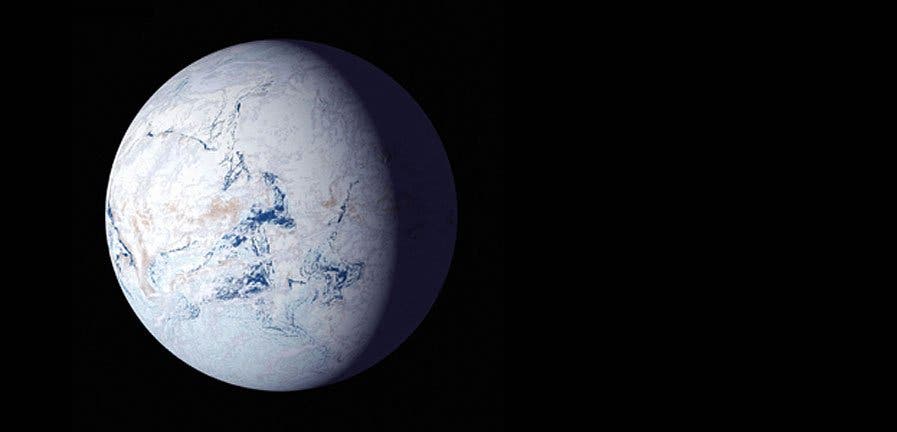Life, uhm, finds a way?

Whenever astronomers announce the discovery of a new planet, our thoughts inexorably fly to potential habitability. Every planet is remarkable in its own way and helps us learn even more about the universe, but something about a planet being potentially habitable makes it incredibly exciting.
The vast majority of planets, however, are not habitable. To put it this way, almost all exoplanets we’ve ever discovered are very uninhabitable. The main criterium for habitability, it first needs to orbit around a specific type of star, at a specific distance from it. This is so that the planet can support liquid water, an essential requirement of all life as we know it. But this is hardly sufficient.
The planet’s surface temperature is affected by several factors, especially its atmosphere. Too much CO2 in the atmosphere could raise temperatures dramatically, and not enough greenhouse gases can make it freezing cold. The chemistry needs to be just right, but even so, there are other complications.
Jupiter’s satellite Europa, for instance, is completely frozen. It’s also a satellite, not even a planet — and yet, there is strong evidence that it hosts liquid water beneath its frozen surface, and is also shielded for radiation, which makes it an excellent candidate for extraterrestrial life.
In a new study, researchers argue that snowball exoplanets (planets similar to Earth, but with all the oceans frozen) can be similarly well-suited for life.
A key argument for that is that the Earth itself is thought to have gone through snowball phases. Some 715 million years ago the entire planet was encased in snow and ice — and this is approximately when the first animals are thought to have evolved. A snowball phase is different from an ice age — in the former, the oceans are completely frozen, whereas in the latter, some liquid ice remains at the equator area. The Earth is believed to have gone through several of these phases, although some researchers argue that some water still remained liquid — the so-called “slushball” Earth versus the snowball Earth theories. At any rate, life on Earth managed to survive in these conditions, so couldn’t it have done the same thing somewhere else?
You have these planets that traditionally you might consider not habitable and this <new study> suggests that maybe they can be,” says Adiv Paradise, an astronomer and physicist at the University of Toronto, Canada.
“We know that Earth was habitable through its own snowball episodes, because life emerged before our snowball episodes and life remained long past it,” Paradise said in a press release. “But all of our life was in our oceans at that time. There’s nothing about the land.”
Paradise and colleagues wanted to know if some areas of land on snowball planets could still be hot (or rather, not-cold) enough to support life. They used computer models, tweaking different variables such as the amount of sunlight and the continent configuration.
Carbon dioxide was a key parameter. Although we now have too much of it in our atmosphere and it’s getting too hot, CO2 is a vital component of a habitable planet, as it keeps the planet warm enough to avoid freezing. Basically, the reason why a planet becomes a snowball Earth in the first place is that it has too little carbon dioxide. Here on Earth, this process notably happened when the continents started eroding. Water absorbs carbon dioxide, turns it into carbonic acid, which further interacts and gets absorbed by rocks during erosion. The carbon binds with the minerals and is stored on the seafloor. Planets exit the snowball phase when this carbon is re-released into the atmosphere — but there’s no guarantee that this will happen, the new study shows.
Earth-like planets can become stuck in a snowball state under some conditions, the models suggested. However, they also showed that in some conditions, some areas of snowball planets can still host life.
Land areas in the center of continents, away from the frozen oceans, can reach temperatures of 10 degrees Celsius (50 degrees Fahrenheit) — which is sufficient to allow life to survive and reproduce.
The findings suggest that a planet’s habitability is not as clear as we once thought. The habitability boundary is not always clear — in fact, in the case of snowball planets at least, it’s a bit fuzzy, Paradise concludes.
The study has been published in JGR Planets.


